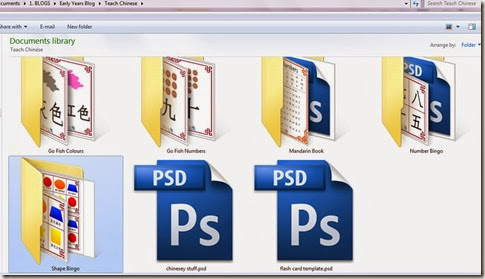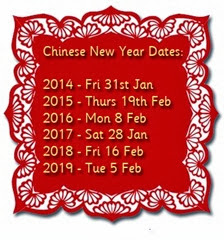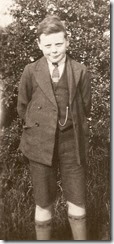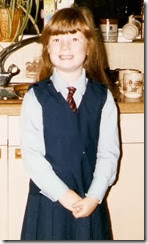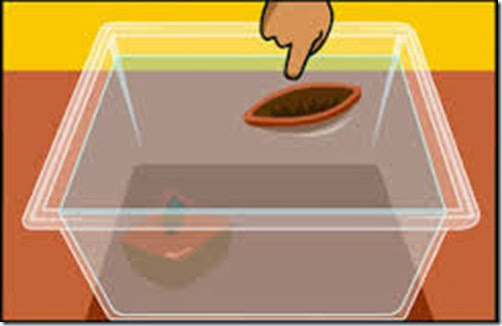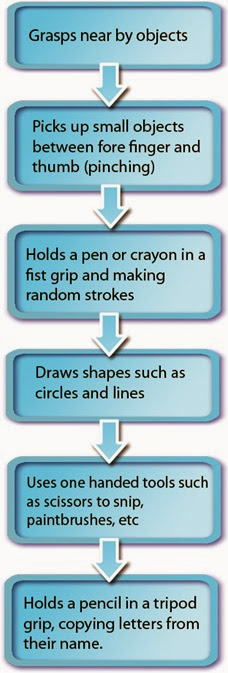Space: the Final Frontier
I’ll admit it now, I am a sci fi geek. I love doing the space topic! To shoe horn Space into the long term plan as a theme, it appears under the topic of ‘science’ although it may not be very scientific.
There are many different aspects of science that you could teach in Reception and Nursery, but my favourites are space (obviously) and mini-beasts.
There are many different activities for a Space term topic. See this brainstorm..

For literacy and numeracy, I have already posted about the Space Journal. It’s a really fun resource that the children enjoy making.
 | The Space Journal has room for Expressive Arts and Design, Literacy, Numeracy and Understanding the World.
The front page has room for children to design their own space agency badge. They can name their space agency and design a logo.
There’s also pages for non-fiction information, an alien fact file, an astronaut passport page, a phonics page for non-sense words, labelling a space rocket and a maths page. |
The Space Journal has a thematic approach to the space topic. Avoiding worksheets, the Space Journal provides writing frames for the children to write whatever they think of.
My introduction to the Space topic involves children boarding a space shuttle and taking a journey into space.
However, before they can do this, they need a Space Passport!


